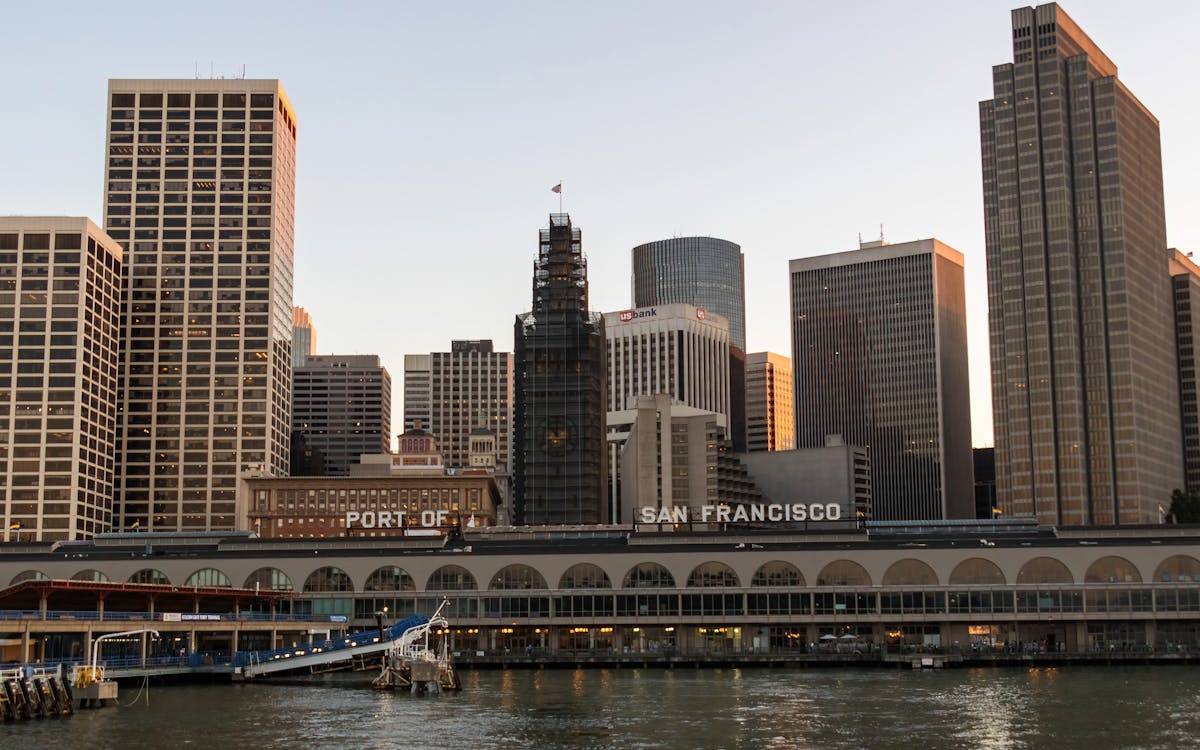How Local Action Transformed the Bay
How Local Action Transformed the Bay
Blog Article

Why Restoration Matters More Than Ever in the Bay Area
Over the last few years, the San Francisco Bay has actually weathered the influence of city development, commercial advancement, and climate modification. Once teeming with wild animals and lavish marshes, much of the bay's all-natural ecological communities have actually been fragmented or broken down. Yet amid these challenges, something exceptional is occurring: local homeowners, volunteers, and grassroots efforts are leading a wave of environmental restoration that's bringing brand-new life back to the Bay.
Repair isn't practically growing trees or cleaning up garbage, though those efforts are important. It's concerning reconstructing the structures of life, from marsh turfs that sustain fish nurseries to coastline buffers that defend against flooding. And in this area, the power of neighborhood participation is turning the trend really realistically.
From Marshland to Miracle: The Return of Native Habitats
Among the most visible adjustments occurring in the Bay Area is the re-emergence of indigenous habitats. Wetlands that were as soon as drained pipes or paved over are being rehydrated and replanted. Lawns and shrubs native to the area are being grown by area groups, who usually count on neighborhood volunteers to help grow plants and take care of controlled planting events.
These indigenous plants do greater than include plant to the landscape. They offer refuge to migratory birds, pollinators, and little animals, developing pockets of biodiversity in the middle of busy urban zones. As these habitats broaden, so does the environmental wellness of the Bay itself. When regional citizens take time out of their weekend breaks to obtain their hands in the soil, they're not just planting-- they're taking part in the repair of a living, breathing ecological community.
The Role of Education in Fostering Environmental Stewards
Education and learning plays an important part in why these community-led efforts are working so well. Schools, neighborhood centers, and not-for-profit teams are organizing hands-on discovering experiences where participants of all ages can understand the scientific research and value of reconstruction. These programs usually bring individuals in person with issues like erosion, air pollution, and sea level rise-- subjects that can feel abstract until they're seen up close.
When somebody sees the fragile equilibrium of an estuary or finds out exactly how a single plant varieties can filter toxic substances from the water, the value of that expertise ends up being personal. And with that said understanding comes the motivation to act. Recovering environments becomes much less of a task and even more of a mission. This deep link to local rooms is what sets the Bay Area apart and gas the long-term success of these initiatives.
Utilizing the Digital World to Drive Real-World Change
Surprisingly, the push to recover the Bay's ecological communities isn't happening in isolation from the electronic world. Innovation is ending up being a powerful tool in rallying assistance, spreading out awareness, and linking areas. Whether through resident scientific research applications that track native types or area forums organizing repair occasions, the on-line space is matching boots-on-the-ground activity.
In the last few years, also neighborhood outreach approaches have progressed. As an example, a social media marketing agency in the Bay Area could support ecological projects by assisting volunteers magnify their effect, tell their tales, and motivate others to get included. These digital touchpoints have the power to transform a little weekend cleaning right into a regional movement merely by letting people recognize it's occurring-- and that it matters.
Email Campaigns That Inspire and Inform Local Change-Makers
Another electronic technique making a tangible distinction is email interaction. Updates regarding restoration occasions, seasonal planting efforts, useful content and contribution drives are frequently shared via meticulously crafted e-newsletters that strike a balance in between being helpful and inspiring. It's not unusual for a well-timed campaign from an email marketing agency in San Francisco to bring a thrill of volunteers or donations to a job in need.
These e-mail projects aren't just transactional-- they're transformative. By informing clients about the direct effect their participation has, they support long-term interaction. Visitors involve feel like stakeholders in the health of their area, and that psychological connection converts to lasting dedication.
The Unseen Work of Connecting Data, Communities, and Nature
Behind every successful remediation job exists an intricate internet of control. There's study to understand what habitats need most, community feedback to shape comprehensive strategies, and follow-up surveillance to ensure success. This kind of ongoing initiative often requires not simply heart, yet information, approach, and interaction.
That's where the support of a digital marketing company in the Bay Area can make a silent yet vital difference. By aiding companies build solid digital systems, gather insights, and improve their messaging, these teams make it possible for neighborhood teams to scale their influence. The outcome is a more linked and effective activity, where every action counts, and everyone feels like they're component of something bigger.
The Power of People in Preserving the Bay's Future
If there's one point the Bay Area has confirmed, it's that repair does not have to begin with huge organizations or massive budget plans. It can start with one neighbor drawing weeds from a route, one student growing an indigenous sapling, or one household turning up to a shoreline clean-up. These tiny actions accumulate, specifically when they're supported by smart methods and shown to the broader neighborhood.
There's something distinctly hopeful about seeing the tides turn-- both figuratively and essentially-- for nature. The Bay is much from fully restored, however it's being restored day after day via the persistence and care of those who call this place home. With each marsh rebuilt and each native species safeguarded, we're not just bring back ecological communities-- we're imagining what's feasible when neighborhoods lead with function.
Maintain following this blog site for even more stories on regional modification, neighborhood impact, and the ways you can be part of safeguarding the natural beauty that surrounds us.
Report this page